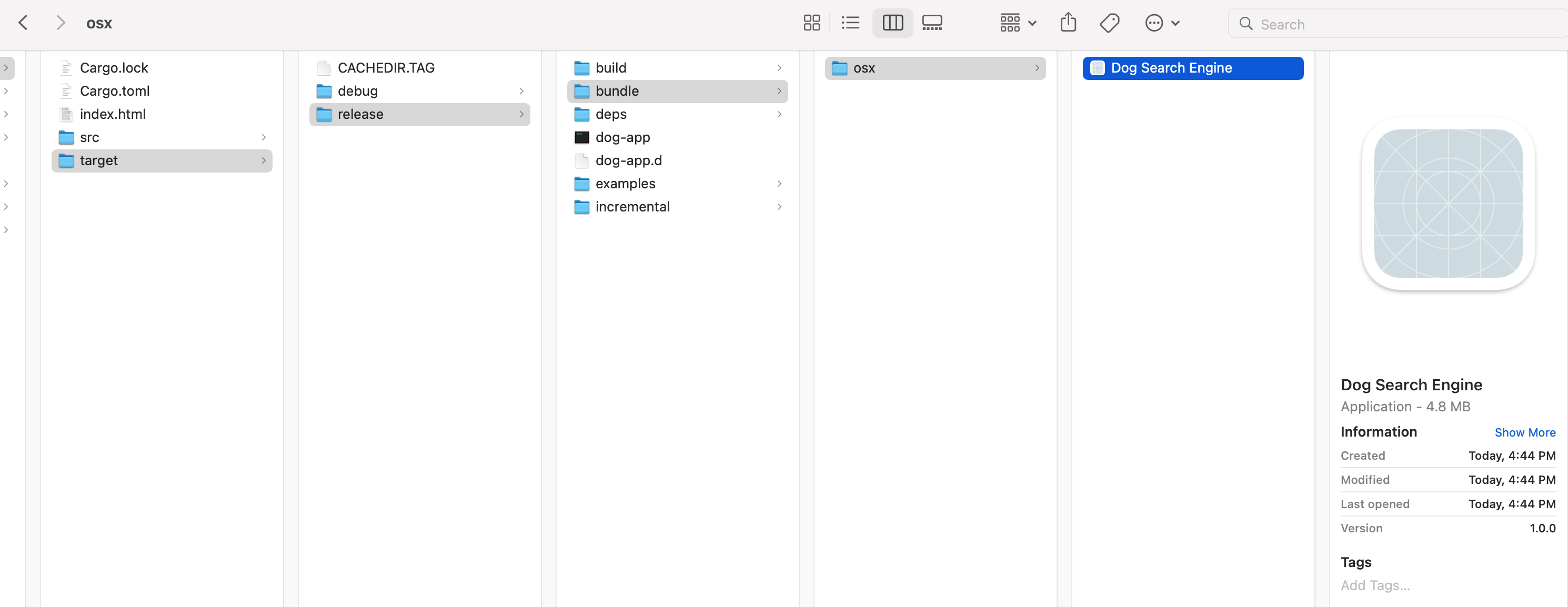Publishing
After you have build your application, you will need to publish it somewhere. This reference will outline different methods of publishing your desktop or web application.
Web: Publishing with GitHub Pages
Edit your Dioxus.toml to point your out_dir to the docs folder and the base_path to the name of your repo:
[application] # ... out_dir = "docs" [web.app] base_path = "your_repo"
Then build your app and publish it to Github:
- Make sure GitHub Pages is set up for your repo to publish any static files in the docs directory
- Build your app with:
dx build --release
- Add and commit with git
- Push to GitHub
Desktop: Creating an installer
Dioxus desktop app uses your operating system's WebView library, so it's portable to be distributed for other platforms.
In this section, we'll cover how to bundle your app for macOS, Windows, and Linux.
Preparing your application for bundling
Depending on your platform, you may need to add some additional code to your main.rs file to make sure your app is ready for bundling. On Windows, you'll need to add the #![windows_subsystem = "windows"] attribute to your main.rs file to hide the terminal window that pops up when you run your app. If you're developing on Windows, only use this when bundling. It will disable the terminal, so you will not get logs of any kind. You can gate it behind a feature, like so:
# Cargo.toml [features] bundle = []
And then your main.rs:
#![cfg_attr(feature = "bundle", windows_subsystem = "windows")]
Install dioxus CLI
The first thing we'll do is install the dioxus-cli. This extension to cargo will make it very easy to package our app for the various platforms.
To install, simply run
cargo install dioxus-cli
Building
To bundle your application you can simply run dx bundle --release (also add --features bundle if you're using that, see the this for more) to produce a final app with all the optimizations and assets builtin.
Once you've ran the command, your app should be accessible in dist/bundle/.
For example, a macOS app would look like this:

Nice! And it's only 4.8 Mb – extremely lean!! Because Dioxus leverages your platform's native WebView, Dioxus apps are extremely memory efficient and won't waste your battery.
Note: not all CSS works the same on all platforms. Make sure to view your app's CSS on each platform – or web browser (Firefox, Chrome, Safari) before publishing.